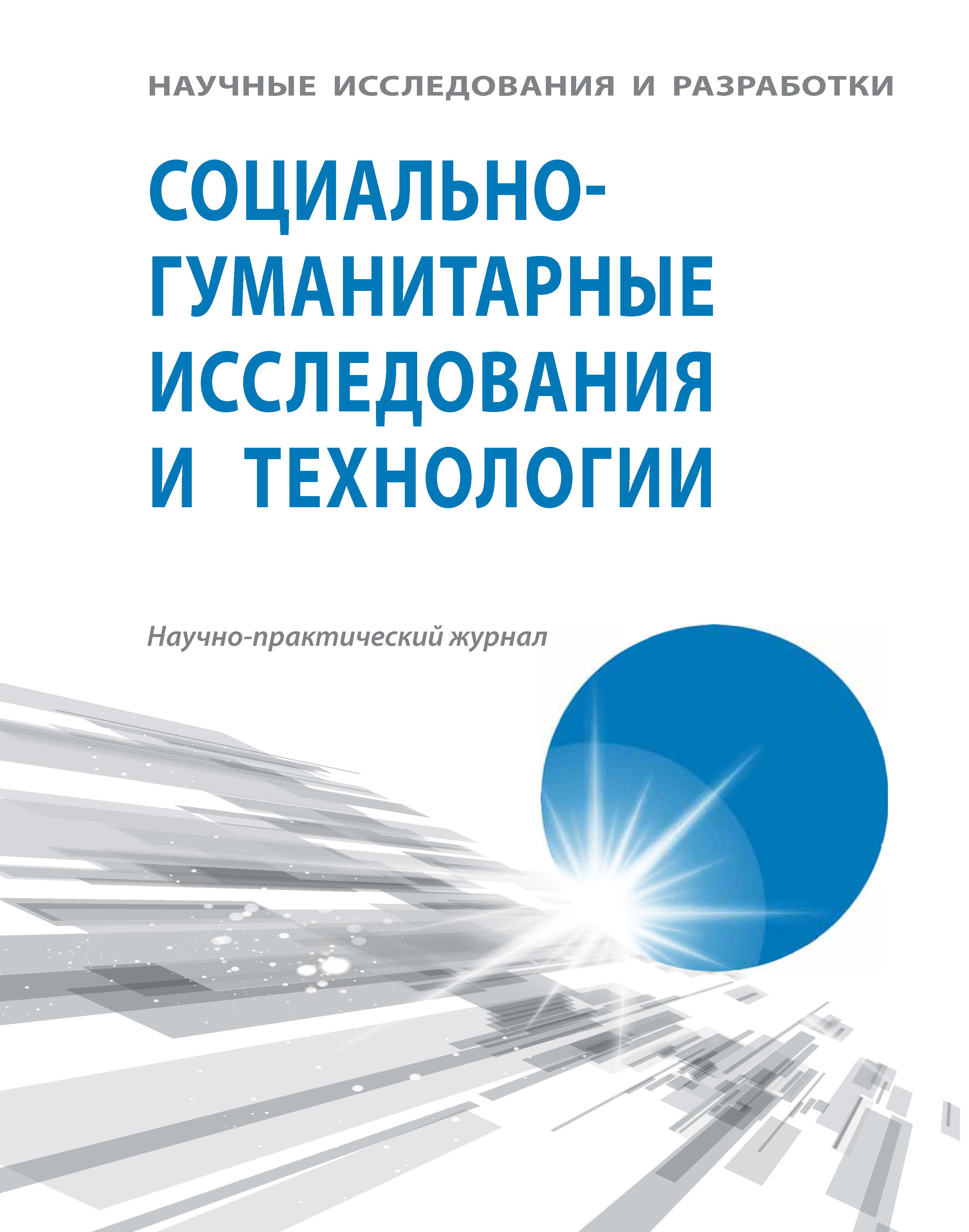Sankt-Peterburg, St. Petersburg, Russian Federation
In the given article the author undertakes an attempt to make a rigorous definition of mental sedentariness and nomadism, which are considered here as oppositions, with the aid of «home» and «road» images. The author suggests a rigorous and weighted approach to working with the existential choices problems, an absence of which leads either to being disoriented and apathetic towards existential issues or to making premature decisions after interpreting them incorrectly. Working in the selected frames leads to the elimination of the vagueness, however, it becomes more and more visible that even total intensification of sedentariness and nomadism will not provide us with a desired existential condition, which means that the latter must be found somewhere else. Aside from that, when some complexities, related with the assumption that an existence should completely stay in one of the mentioned conditions, arise, the author suggest to eliminate the opposition between sedentariness and nomadism and switch the attention to the domain, where they coincide. Some ontological (unspecified «leap» notion, absence of the original condition) and ethical (distorted ethical ideal from the viewpoint of pure sedentariness and pure nomadism) problems are eventually fixed, and, finally, the author makes the case for the particular variant of solving the problem.
sedentariness, nomadism, image of home, image of road, image of pathway, transit, leap, freedom, mystery, safeness, dissatisfaction, meaninglessness, existential time, harmony.
Актуальность тем оседлости и номадизма в жизни и современной философии.
Утверждение дальнейшего метода
Чтобы установить границу между номадностью и оседлостью при помощи метафор дороги и дома, надо допустить, что душа находится в настоящем времени в одном из двух состояний: она номадна или же оседла. Из противоположности оседлости и номадизма вытекает следствие, что два противоположных состояния должны быть полностью несовместимы, поэтому всякому атрибуту одного состояния должен соответствовать противоположный атрибут во втором. Для нас это значит, что? как только мы выводим, что номад, к примеру, легкомысленный, надо убедиться, что оседлый, будучи ему по необходимости противоположным, задумчивый. Так мы сможем контролировать рассуждение. Кроме этого, обратим внимание на то, что противоположны два экзистенциальных состояния, а это значит, что вместе они должны заключать в себе все конкретное многообразие духовной жизни человека.
1. Bauman Z. [From pilgrim to tourist]. Sotsiologicheskii zhurnal [Sociological journal]. 1995, I. 4, pp. 133-154. (in Russian) EDN: https://elibrary.ru/UAHBAV
2. Bekarev A.M. Sovremennyy nomadizm: problemy organizatsii i dezorganizatsii [Modern nomadism: the problems of organization and desorganization]. Vestnik Nizhegorodskogo universiteta im. N. I. Lobachevskogo [Bulletin of the Nizhny Novgorod University. NI Lobachevsky]. 2009, I. 4 (16), pp. 25-29. (in Russian) EDN: https://elibrary.ru/RLYESZ
3. Benvenist E. Slovar' indoevropeyskikh sotsial'nykh terminov: I. Khoz-vo, sem'ya, obshchestvo. II. Vlast', pravo, religiya [Indo-European language and society. Book 1: Economy, Kinship, Social Status]. Mоscоw, Progress Publ., 1995. (in Russian)
4. Vinogradov A.D. "Stranstvuyushchie svyatyni" i sovremennoe russkoe pravoslavie ["Wandering sacred objects" and contemporary Russian orthodoxy]. Istoricheskie, filosofskie, politicheskie i yuridicheskie nauki, kul'turologiya i iskusstvovedenie. Voprosy teorii i praktiki [Historical, philosophical, political and juridical sciences, cultural studies and art history. Theory and practice]. 2014, I. 12 (50), pp. 41-47. (in Russian) EDN: https://elibrary.ru/SXXHUN
5. Golovnev A.V. Kochev'e, puteshestvie i neo-nomadizm [Migration, travel and neo-nomadism]. Ural'skii istoricheskii vestnik [Ural historical journal]. 2014, I. 45, pp. 121-126. (in Russian) EDN: https://elibrary.ru/SYTCDD
6. Kormina Zh. Nomadicheskoe pravoslavie: o novykh formakh religioznoy zhizni v sovremennoy Rossii [Nomadic orthodoxy: on new forms of Religios life in contemporary Russia]. Ab Imperia [Ab Imperia]. 2012, I. 2, pp. 195-227. (in Russian)
7. Sekatskii A.K. Kniga nomada [The book of the nomad]. Available at: http://royallib.com/book/sekatskiy_aleksandr/kniga_nomada.html (accessed 9 September 2016). (in Russian)
8. Semenyuk K.A. Nomadicheskaja singuljarnost' i bunt bludnogo syna: refleksija o metaforah kul'tury [Nomadic singularity and the riot of prodigal son: reflection on metaphors of culture]. Vestnik Tomskogo gosudarstvennogo universiteta [Tomsk State University Journal]. 2010, I. 338, pp. 64-67. (In Russian) EDN: https://elibrary.ru/NBVFNV
9. Trubina E.G. Mobil'nost' i sedentarizm v social'no-teoreticheskom diskurse [Mobility and sedentarism in social theory]. Izvestiya Ural'skogo federal'nogo universiteta [Bulletin of Ural Federal University]. 2012, I. 2, pp. 22-34. (in Russian)
10. Urry J. Mobil'nosti [Mobilities]. Moscow, Praksis Publ., 2012.
11. Shlyakov A.V. Brodjazhnichestvo: sociokul'turnyj analiz [Vagrancy. Sociocultural analysis]. Tyumen, TyumGNGU Publ., 2013. 140 p. (in Russian) EDN: https://elibrary.ru/RVYWTL
12. Shlyakov A.V. Narrativ doma v prostranstve kul'tury osedlosti i nomadnosti [Narrative of the home in the culture of sedentism and nomadism]. Vestnik Kemerovskogo gosudarstvennogo universiteta [Bulletin of Kemerovo State University]. 2014, I. 58, pp. 219-222. (in Russian) EDN: https://elibrary.ru/QQLPYK
13. Shlyakov A.V. Nomadizm postmoderna: klassifikacii modelej nomadnosti [Nomadism of postmodernity: Classifications of models of migratory habits]. Istoricheskie, filosofskie, politicheskie i yuridicheskie nauki, kul'turologiya i iskusstvovedenie. Voprosy teorii i praktiki [Historical, philosophical, political and juridical sciences, cultural studies and art history. Theory and practice]. 2015, I. 54, pp. 204-207. (in Russian) EDN: https://elibrary.ru/TLHPAH






